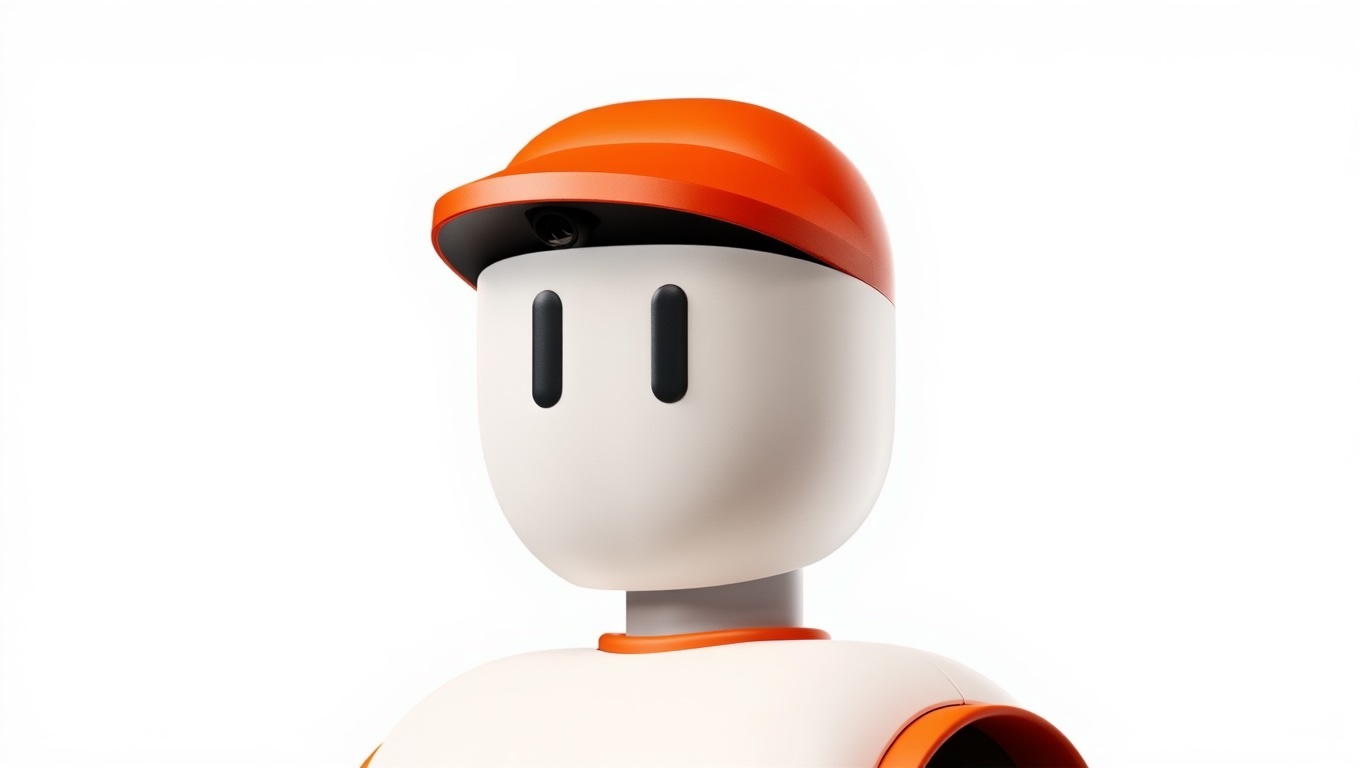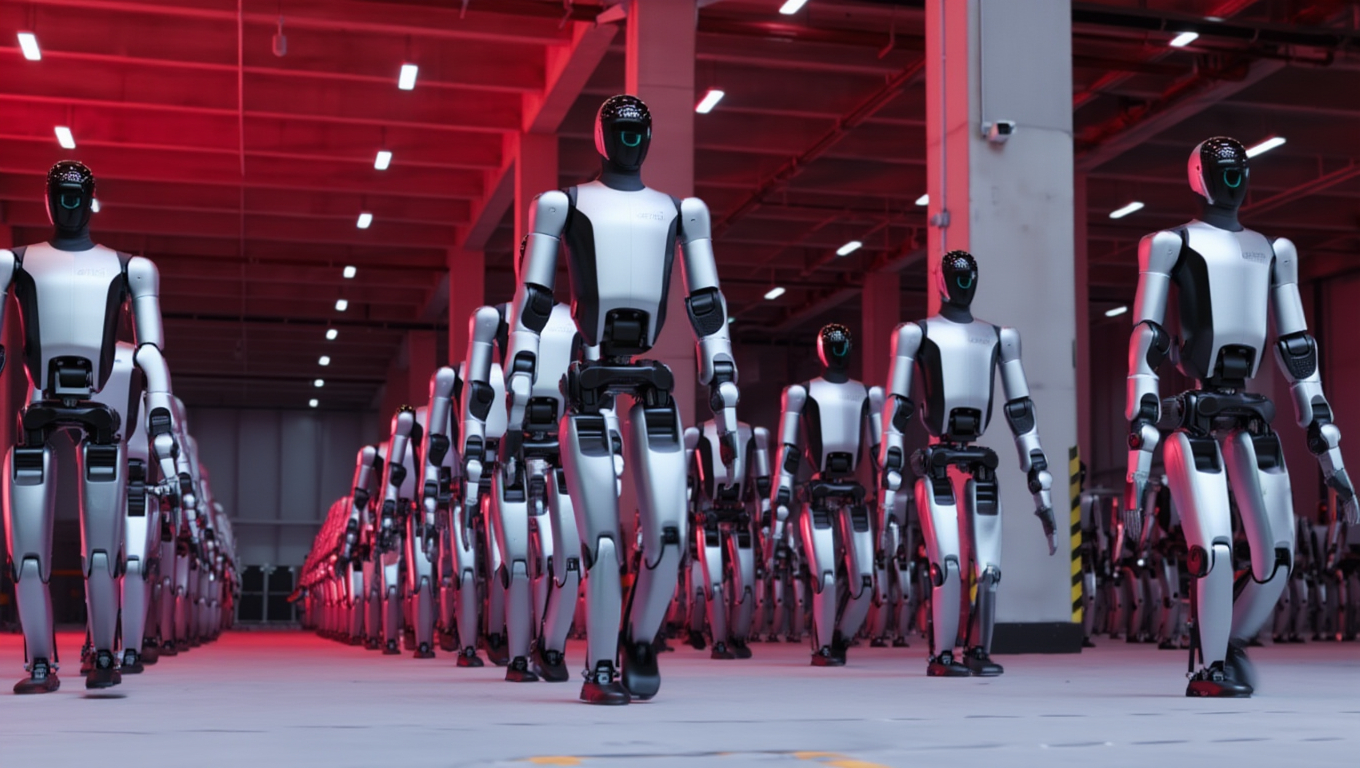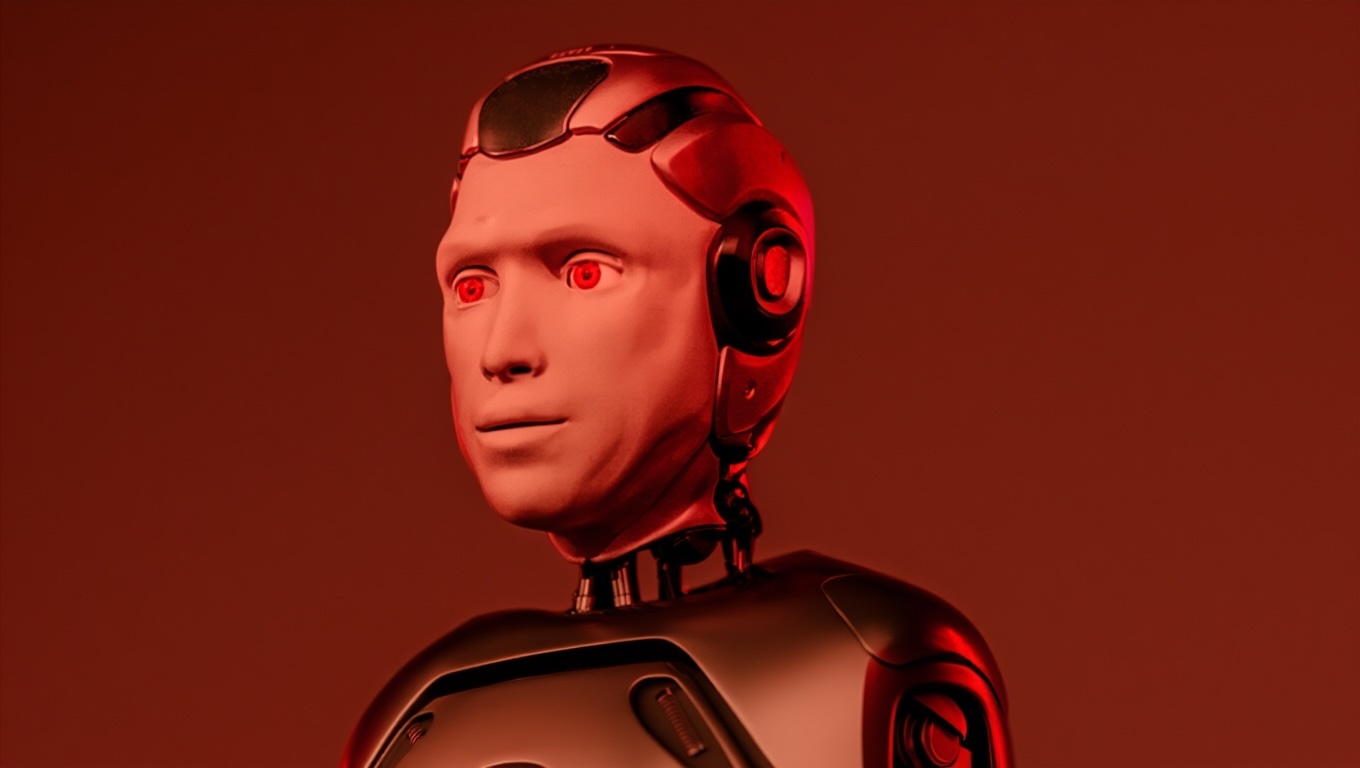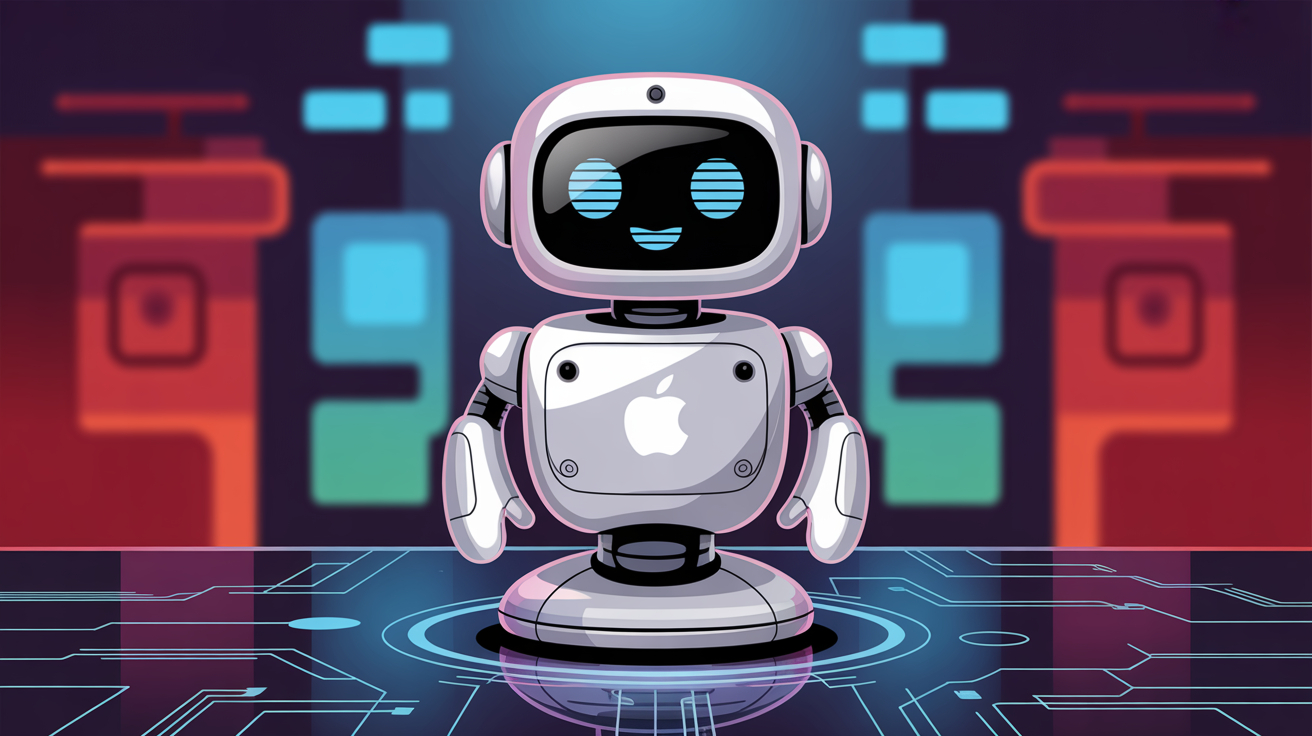Optimus now does kung fu
PLUS: Patients control AI and robotics with thought
Read Online | Sign Up | Advertise
Good morning, robotics enthusiasts. Tesla dropped footage of Optimus doing kung fu sparring with a human — ducking punches and throwing jabs — with Musk claiming it's fully autonomous, not remote-controlled.
It’s a big leap forward, though Boston Dynamics’ Atlas still wins on finesse. After that viral popcorn-serving demo was revealed to be remote-controlled, this could be either Tesla’s first real AI breakthrough or its most convincing stunt yet.
In today’s robotics rundown:
Optimus is now a kung fu fighter
Chinese startup unveils human-face robot
MIT’s framework builds in real-world chaos
Arctic deep dive tests hybrid exploration
Quick hits on other robotics news
LATEST DEVELOPMENTS
TESLA
🥷🏼 Optimus is now a kung fu fighter

Image source: Elon Musk / X
The Rundown: Elon Musk’s humanoid sidekick just picked up a new skill: kung fu. In a 36-second video from Tesla, Optimus can be seen trading fist bumps and sparring moves with a human trainer at the company’s robot lab.
The details:
Unlike earlier demos, the footage appears to run in real time, with no sign of speed tweaks or editing tricks.
While awkward at points, the demo shows a surprisingly fluid Optimus, suggesting big gains in motor control and motion planning.
The video opens with a fist bump before the sparring session, emphasizing Tesla’s focus on natural human-robot interaction.
Tesla’s team likely trained these movements through human motion capture data and refined them using reinforcement learning-based trial-and-error loops.
Why it matters: Musk says the kung fu moves were AI-driven, not tele-operated, which is a real milestone for Tesla’s robots. While Figure 02 and Digit chase factory ambitions, Tesla is adding flair with balance, agility, and hints of personality. For now, it can spar upright, and that’s progress in Silicon Valley’s wildest dojo.
CHINESE HUMANOIDS
🧑🏼🦲 Chinese startup unveils human-face robot
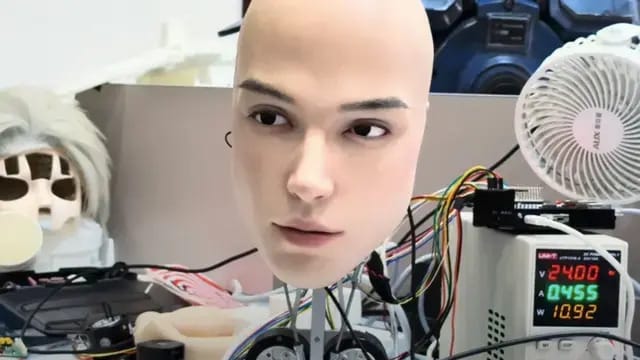
Image source: AheadForm / YouTube
The Rundown: AheadForm, a Chinese robotics startup founded in 2024, just released a video showcasing an eerily lifelike humanoid face that blinks, twitches, and nods with unsettling realism, evoking major Westworld vibes.
The details:
The video shows Origin M1, a robot head that replicates a striking range of human expressions, using 25 micro motors hidden beneath its synthetic skin.
RGB cameras embedded in the pupils and built-in microphones let it track faces, parse speech, and respond in real-time conversations.
The company says it merges this expressive hardware with advanced AI, including large language and vision models, to let M1 learn and adapt.
It can mount onto various robot bodies or operate solo, serving as a research platform for emotion-driven AI and therapy applications.
Why it matters: We've spent decades teaching robots to move like us, but AheadForm is betting the real prize is making them feel like us, or at least simulate it well enough to breach our defenses. Once expressive faces earn our trust, we're not just automating labor but intimacy, and nobody's written the safety manual for that yet.
MIT
🔥 MIT's framework builds in real-world chaos
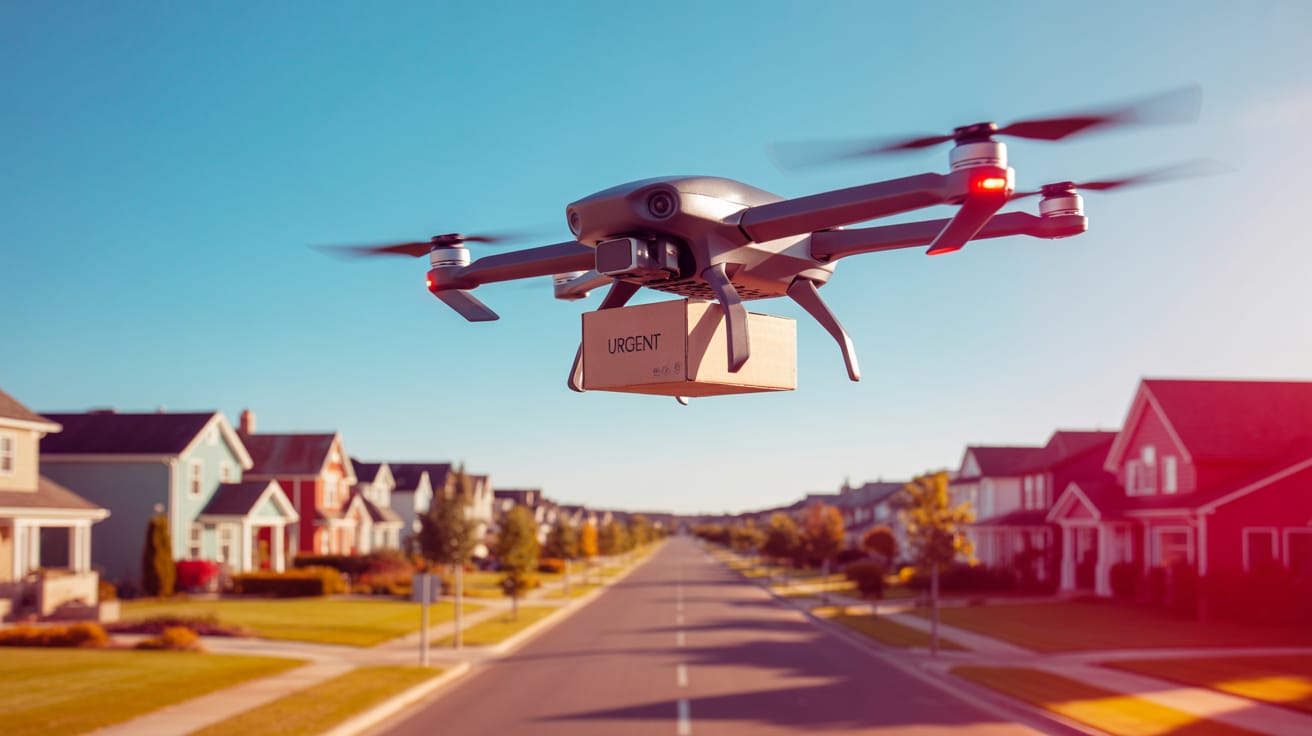
Image source: Ideogram / The Rundown
The Rundown: MIT researchers just built a probabilistic design framework for drones that forces engineers to confront the messy reality of hardware from day one — no more pretending motors, batteries, and sensors will perform exactly as advertised.
The details:
Instead of relying on specs for motors, batteries, or sensors, the model uses probability to map out performance trade-offs under unpredictable conditions.
Designers can see how outcomes shift depending on weather, aging hardware, or off-spec components, making their predictions more reliable.
The framework's modules snap together like code libraries, allowing designers to swap in specs and collapse iteration cycles from weeks to hours.
Early adopters can stress-test edge cases that traditional methods take months to surface.
Why it matters: Traditional engineering assumes components will meet their specs; this framework assumes they won't — and designs for that from the start. By baking uncertainty into the blueprint, engineers can spot failures before they happen, not after they hit the field. MIT says this could result in hardware that’s robust by design.
RESEARCH BOTS
🧊 Arctic deep dive tests hybrid exploration

Image source: COMRA / CGTN
The Rundown: China wrapped up its largest Arctic expedition with a milestone: the country's first manned deep dive beneath polar ice, coordinating the Jiaolong submersible with remote robots in one of Earth's most hostile frontiers.
The details:
The mission marked the first time a manned submersible and remotely operated vehicle worked in tandem under polar ice.
Four vessels, including China's homegrown icebreakers, crossed the Chukchi Plateau and Canada Basin, pushing deeper into contested Arctic waters.
Researchers returned with hundreds of deep-sea samples and high-res datasets on everything from biodiversity to ocean hydrology.
China says the expedition proved its polar tech can operate independently in extreme conditions, in locations previously dominated by Western scientists.
Why it matters: Pairing humans and robots beneath Arctic ice solves a fundamental problem: some environments are too dangerous for people alone and too complex for machines alone. China's showing that hybrid teams can handle extreme conditions is a template that scales from deep oceans to disaster sites to eventually, other planets.
QUICK HITS
📰 Everything else in robotics today
The global surgical robots market, valued at $8.1B in 2024, is projected to surge to $38.4B by 2034, according to Global Market Insights.
Australia’s ENGIE is fast-tracking its 250 MW Goorambat East Solar Farm installation with AI-powered autonomous robots that have already placed nearly 500K panels.
Peking University researchers tested robo-dogs designed to explore lunar lava tubes by trialing them in a cave near Jingbo Lake, Heilongjiang, China.
NOAA’s C-Star robot made history by transmitting live data every two minutes from inside Hurricane Humberto’s Category 5 eyewall, enduring 150 mph winds.
A new landing system dubbed Project Dart enables drones to safely touch down on vehicles moving at speeds up to 110 km/h.
Nvidia shares ticked up after the chipmaker announced a partnership with Japan’s Fujitsu to develop AI robots and a broad AI infrastructure across the country.
Hyundai's archery robot faced off against South Korea’s top archers at the 2025 South Korea archery championship, narrowly losing to the human team by one point.
Yale researchers developed a novel method that accelerates derivative computations by 7–10x, enabling robots to react faster and move more efficiently.
COMMUNITY
🎓 Highlights: News, Guides & Events
Read our last AI newsletter: Sora’s one-week Wild West ends
Read our last Tech newsletter: Meta taps chat for ad targeting
Read our last Robotics newsletter: Drones that hunt down shoplifters
Today’s AI tool guide: Create UGC-style marketing videos with Sora 2
RSVP to our next workshop 10/8 @ 2 PM EST: Automate workflows with n8n
See you soon,
Rowan, Jennifer, and Joey—The Rundown’s editorial team
Stay Ahead on AI.
Join 1,000,000+ readers getting bite-size AI news updates straight to their inbox every morning with The Rundown AI newsletter. It's 100% free.


